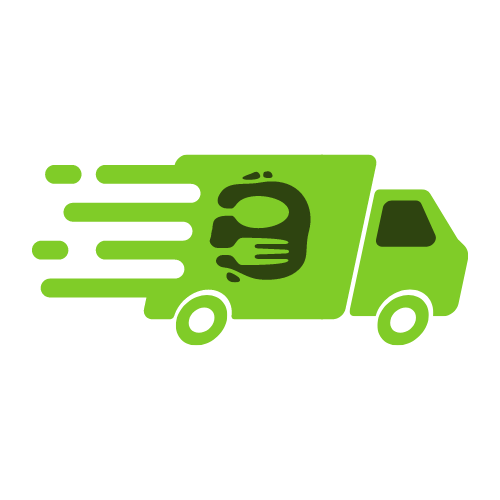Safety Measures for Gig Workers: What Companies Are Doing and What More Can Be Done

The gig economy has seen a significant rise in recent years, driven by technology and the on-demand service model. Yet, the safety of gig workers, particularly those in ride-hailing and delivery services like Uber, Lyft, and Amazon, has been a growing concern. This concern is due to a host of challenges, including carjackings, package thefts, and food tampering, that these workers face daily.
Safety Issues Faced by Gig Workers
Ride-hailing drivers, like those working for Uber and Lyft, have been the targets of carjackings at an alarming rate, with 124 confirmed incidents in a year and a half. Notably, 60% of these attacks occurred after the companies' algorithms paired the drivers with their attackers. Elderly, immigrant, and women drivers have been particularly vulnerable, with some even losing their lives to these assaults1.
Delivery drivers for companies like Amazon are also not exempt from safety concerns. Incidents of package theft involving individuals posing as Amazon drivers have been reported. These perpetrators approach homes carrying dummy boxes and switch them with packages delivered by Amazon2.
Moreover, there have been instances of food tampering in the gig economy. For example, a former employee of a dough-making company in Maine was arrested and charged for allegedly placing razor blades in pizza dough. In the United Kingdom, a man laced baby food jars with metal shards and attempted to extort one of the country's largest supermarket chains3.
Current Measures and Company Policies
Uber and Lyft classify their drivers as independent contractors, which means these drivers do not have sick leave, workers' compensation, or medical insurance through the companies. These drivers have little say in who they pick up or where they go, and face penalties for declining rides1.
When these drivers fall victim to carjackings, many have reported that the companies did little to nothing to assist with matters like medical bills and property damage. As a result, many of these drivers have had to start GoFundMe campaigns to cover hospital bills, car replacements, and repairs1.
Self-Protection Measures by Gig Workers
Given the increase in safety incidents and the perceived lack of support from the companies they work for, many gig workers have begun devising their own safety measures. In cities across the U.S., some drivers have started carrying weapons, installing dash cameras, and even refusing to go to certain neighborhoods despite company policies against such actions1.
What More Can Be Done
With the issues at hand, it is clear that more needs to be done to ensure the safety of gig workers. Companies could enhance their driver-passenger pairing algorithms to reduce risks and provide more comprehensive support to drivers who are victims of crimes. This could include compensation for medical bills, property damage, and time off work.
Moreover, companies could offer safety training and resources to their workers, and consider implementing systems that allow workers to share information about dangerous situations or areas with their peers. They should also reassess their policies regarding workers' rights to protect themselves, taking into account the current reality these workers face.
Lastly, law enforcement agencies should work closely with these companies to identify potential threats and swiftly act against individuals who pose risks to gig workers.
While the gig economy offers flexibility and opportunities for many workers, their safety should not be compromised. It is a shared responsibility between the companies, law enforcement, and workers to create a safer working environment.





